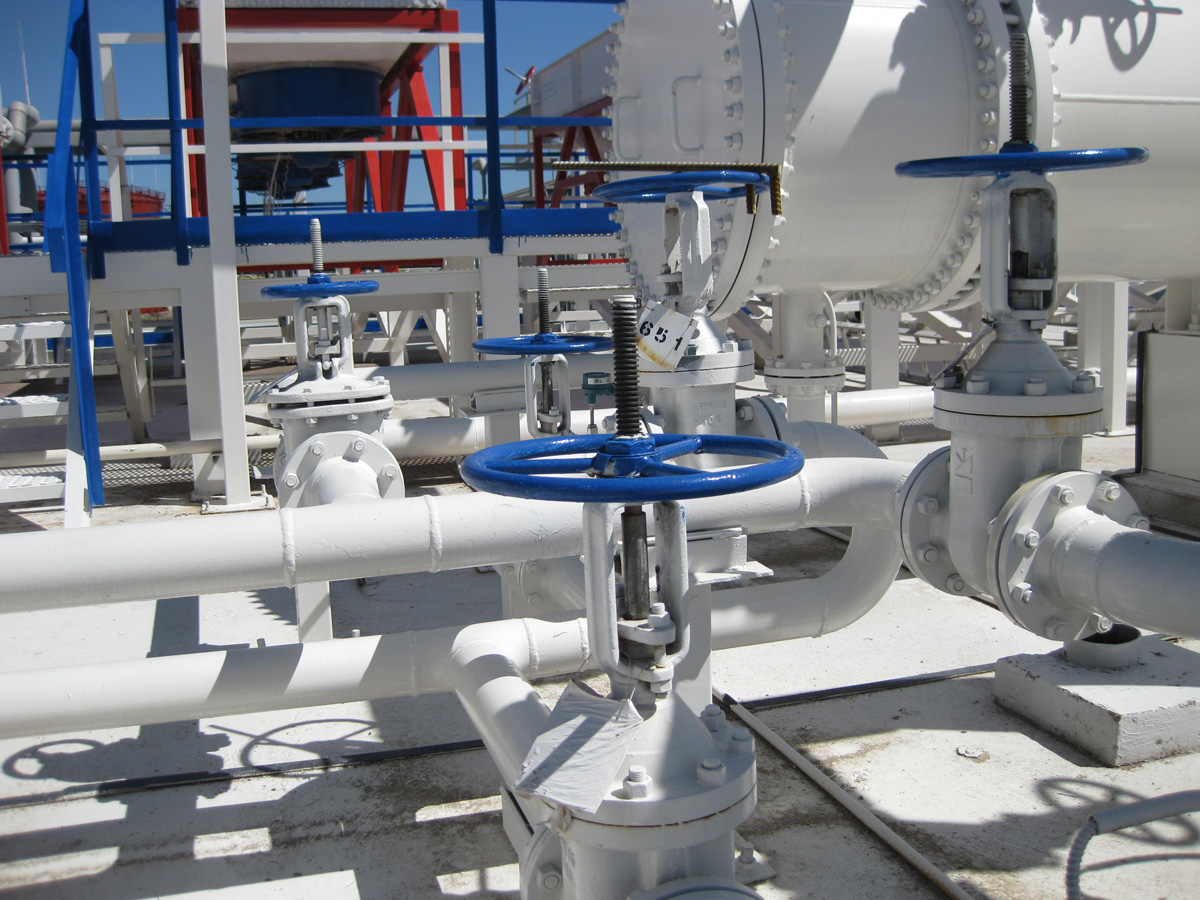When considering conduit options, the flexibility of corrugated conduit stands in stark contrast to the durability of EMT conduit. You’re faced with a choice that could significantly impact your project, whether it’s in a challenging environment or an exposed setting. Each type offers unique advantages that can align with your installation needs, but the decision hinges on various factors such as conditions, installation ease, and regulatory standards. As you weigh these elements, you’ll find that the right choice may not be as straightforward as it seems.
Overview of Corrugated Conduit
Corrugated conduit is a flexible, durable option for protecting electrical wiring in various environments. Its design features a series of ridges, allowing you to easily bend and shape it to suit your project’s requirements. This flexibility not only gives you the ability to navigate tight spaces but also minimizes the risk of damage during installation.
One of the standout benefits of using corrugated conduit is its robust resistance to chemicals and physical impacts, making it suitable for both indoor and outdoor applications. You’ll find it particularly useful in industrial settings, where exposure to harsh substances is common.
Additionally, its lightweight construction simplifies handling and installation, saving you time on the job. Corrugated conduit comes in various sizes, so you can choose the right fit for your wiring needs.
It’s typically made from high-density polyethylene or similar materials, ensuring long-term performance. Remember, while it’s great for many applications, it’s essential to ensure it meets local code requirements, so your installations are safe and compliant.
Ultimately, choosing corrugated conduit helps maintain organized wiring while safeguarding your electrical components effectively.
Overview of EMT Conduit
When it comes to conduit options, EMT (Electrical Metallic Tubing) conduit offers a rigid alternative to the flexibility of corrugated conduit. EMT is made from thin, lightweight steel or aluminum, making it both durable and easy to handle. This metallic tubing is typically used in various electrical installations, providing essential protection for wiring in commercial and industrial settings.
One of the key advantages of EMT is its ability to support electrical wiring more securely while maintaining a clean and professional appearance. You’ll find that EMT is often used in exposed applications, where aesthetics and safety are paramount.
Plus, EMT can be easily bent, allowing you to customize it to fit your project needs without compromising its structural integrity.
Another significant benefit is that EMT is non-combustible, reducing fire risk in your installations. It’s also corrosion-resistant when galvanized, extending the lifespan of your electrical systems.
Key Differences Between Conduits
Choosing the right conduit type can significantly impact your project’s effectiveness and safety. When considering corrugated conduit and EMT conduit, you’ll notice some key differences that might influence your decision.
First, let’s talk about material. Corrugated conduit is usually made from flexible plastic, making it lightweight and easy to install in tight spaces. In contrast, EMT conduit is made of metal, offering strength and durability, particularly suitable for exposed applications.
Next, consider flexibility. If your project requires bending around corners or navigating complex layouts, corrugated conduit gives you the flexibility you need. EMT conduit, while sturdy, requires more elbow grease to bend, which could complicate your installation process.
Another difference lies in their protection levels. Corrugated conduit is typically better suited for underground applications and in environments with moisture, as it offers superior resistance to corrosion.
On the other hand, EMT conduit protects against physical damage but can rust if exposed to moisture.
Advantages of Each Type
Both corrugated and EMT conduits have their unique advantages that can enhance your project’s performance.
If you’re looking for flexibility and ease of installation, corrugated conduit may be your best choice. Its lightweight, flexible design allows for easier maneuvering in tight spaces, making it ideal for complex installations. Plus, it offers excellent resistance to moisture and chemicals, providing durability in challenging environments.
On the other hand, EMT (Electrical Metallic Tubing) is known for its strength and robustness. If your project requires a conduit that can withstand physical impacts and external pressures, EMT is a reliable option. It’s also non-combustible, which adds an extra layer of safety to your electrical installations.
Additionally, EMT’s smooth finish permits easier pulling of wires, reducing the risk of damage during installation.
Whether you prioritize flexibility or strength, both conduit types serve specific needs effectively. By choosing corrugated or EMT conduit based on their individual advantages, you can ensure your project meets safety, efficiency, and performance standards.
Consider what’s most important for your installation to make the best choice for your unique requirements.
Choosing the Right Conduit
While assessing your conduit options, it’s crucial to consider the specific needs of your project.
Think about the environment where you’ll install the conduit. If you’re dealing with outdoor installations or areas prone to moisture, corrugated corrugated conduit might be your best bet thanks to its flexibility and resistance to water. It’s designed to hold up in various weather conditions.
On the other hand, if your project requires a more rigid solution with a sleek appearance, EMT conduit is the way to go. It’s lightweight, easy to install, and provides excellent protection for electrical wiring. This type of conduit is ideal for commercial and industrial settings where aesthetic considerations and durability matter.
You should also evaluate the electrical code requirements for your area. Some locations might mandate specific conduit types based on environmental factors or safety standards.
Ultimately, your choice hinges on balancing flexibility, protection needs, and code compliance.
Conclusion
In the epic showdown between corrugated and EMT conduit, there’s no one-size-fits-all champion! If you’re battling nature with moisture and tight spaces, corrugated conduit is your flexible ally. But if you’re up against rugged impacts and aesthetics, EMT is your heavyweight hero. Choosing the right conduit can transform your project from a mundane mission to a legendary installation! So, weigh your options wisely, and let your conduit selection launch your project into the stratosphere of success!

